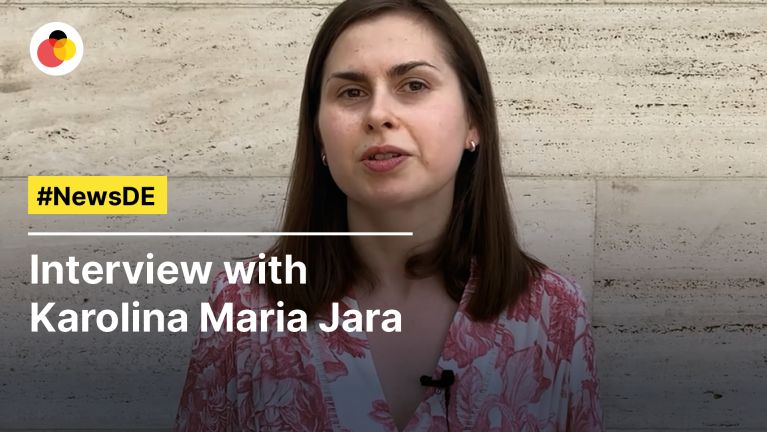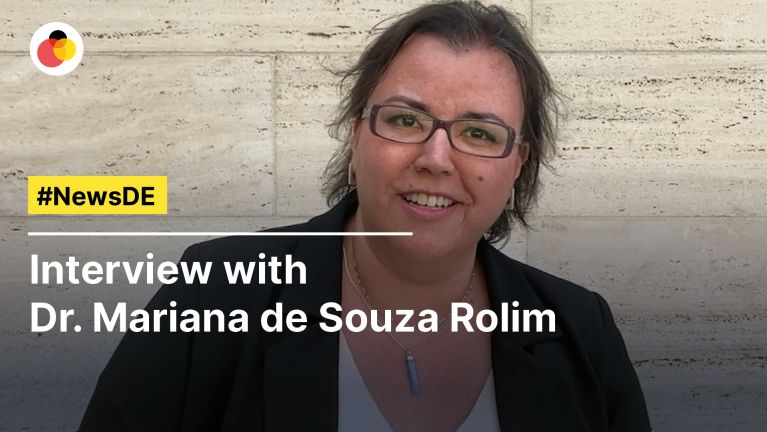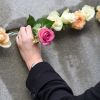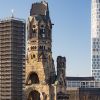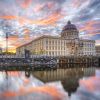Learning from history
Experts all over the world are working to protect cultural heritage. They were invited to Germany and had the opportunity to network.
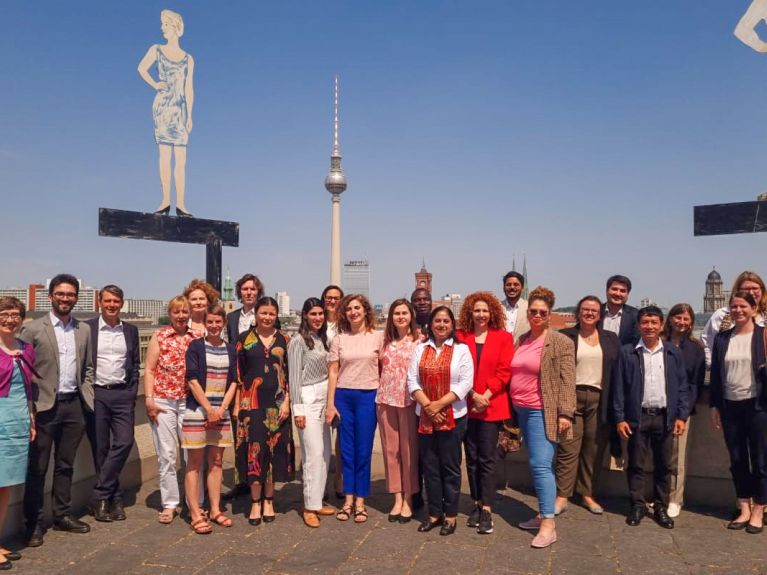
The new synagogue in Breslau was once the second largest in the German-speaking world until, like many others, it was destroyed in the Reichspogromnacht perpetrated by the National Socialist regime on 9 November 1938. Polish art historian Karolina Maria Jara helped rebuild it. Not stone by stone, however, but pixel by pixel in a digital reconstruction and documentation of the building – a project coordinated by the University of Mainz. Together with colleagues from her field and 3D specialists, she created the app “kARtka z Synagogą”, which brings the building to life as a computer model in combination with a postcard developed for this purpose. The image provides further information on the social, cultural and religious context of the building. “Our aim was to breathe life back into the building’s cultural heritage,” says Jara.
The art historian is not alone in working on such projects. All over the world, experts strive to protect and provide access to the cultural history inscribed in objects, artefacts and buildings. As part of the Visitors Programme of the Federal Republic of Germany, a small group had the opportunity to network with each other and talk to German colleagues in early June 2023. Under the title “Preserving and protecting cultural property in Germany and around the world”, participants from 13 countries visited sites such as Cologne Cathedral, the Zollverein Coal Mine World Heritage Site in the Ruhr region and the Humboldt Forum in the reconstructed Berlin Palace.
Dieses YouTube-Video kann in einem neuen Tab abgespielt werden
YouTube öffnenThird party content
We use YouTube to embed content that may collect data about your activity. Please review the details and accept the service to see this content.
Open consent formVisit to the Ruhr region
Serdar Bekishov is Deputy Director of the Historical and Cultural State Park “Ancient Merv” in Mary, Turkmenistan. The oasis of Merv is considered the oldest and best preserved ancient city along the Silk Road. Bekishov was particularly impressed by the approach Germany adopts in dealing with its disused industrial buildings. “I find it fascinating to see that there is obviously a strong interest here in preserving this type of edifice. In my country, this approach would be unthinkable right now.”
Eero Juhani Ehanti, head of the Conservation Department of the National Museum of Finland, was particularly interested in Germany’s approach to art from a colonial context. As much as he is able to understand the position of those who oppose the public exhibition of such works in Berlin’s Humboldt Forum, he says, he finds the way in which their problematic past is indicated to be praiseworthy. “We face a similar challenge in Finland right now,” he says. The National Museum holds some cult objects from the land of the Sámi, the indigenous people of northern Europe. “We’re also confronted with restitution claims in this context. And I think we can definitely learn from Germany here.”
Insight into German monument preservation
For Mariana de Souza Rolim, an urban planner from Brazil, the trip was especially worthwhile because it enabled participants to come into direct contact with German institutions, paving the way for potential cooperation in the future. This became very clear on a visit to the Berlin Senate Department for Urban Development and the Environment, for example. Here, urban heritage conservation officer Jonathan Bratz gave the group an insight into how the city of Berlin deals with the cultural heritage manifested in buildings. De Souza Rolim’s conclusion: it can take years before a building is actually protected, even in Germany, due to the complex process of weighing up government requirements and public opinion. “But just the fact that funding is essentially available and that you have the will and the capacity to think through the issue – this is in itself a major step forward.”
Dieses YouTube-Video kann in einem neuen Tab abgespielt werden
YouTube öffnenThird party content
We use YouTube to embed content that may collect data about your activity. Please review the details and accept the service to see this content.
Open consent formParticipants’ respect for Germany’s handling of its history, especially after reunification, was evident throughout. At present, Jonathan Bratz told the group, Berlin is planning to apply for World Heritage status for two building complexes: in the eastern part of the city the apartment blocks and towers of Karl-Marx-Allee, built in the 1950s as “Stalinallee” and intended as workers’ palaces in their mixture of socialist classicism and Prussian Schinkel school. And in the western part, the Hansa Quarter, where, after the Second World War, architects from all over the world realised their vision for the future of housing from a liberal-democratic perspective. “What we experienced here was clearly a rivalry between political and ideological systems. This makes it interesting as cultural heritage for present and future generations.”
Worldwide network of contacts
Anna Kouma, who travelled from Cyprus, where she sits on the technical committee for the cultural heritage of the Greek part of the island, found it extremely inspiring to see how it is possible to adopt a positive approach in a former conflict zone, providing people have the will to do so and are able to fall back on sound state institutions. “I myself come from a divided country and was able to take away a lot of fascinating ideas with me from this trip.” For Eero Juhani Ehanti, the week in Germany was a unique opportunity to engage in dialogue with colleagues. “We often work in our own bubble to some extent. Now I will be able to draw on a worldwide network of contacts.”
